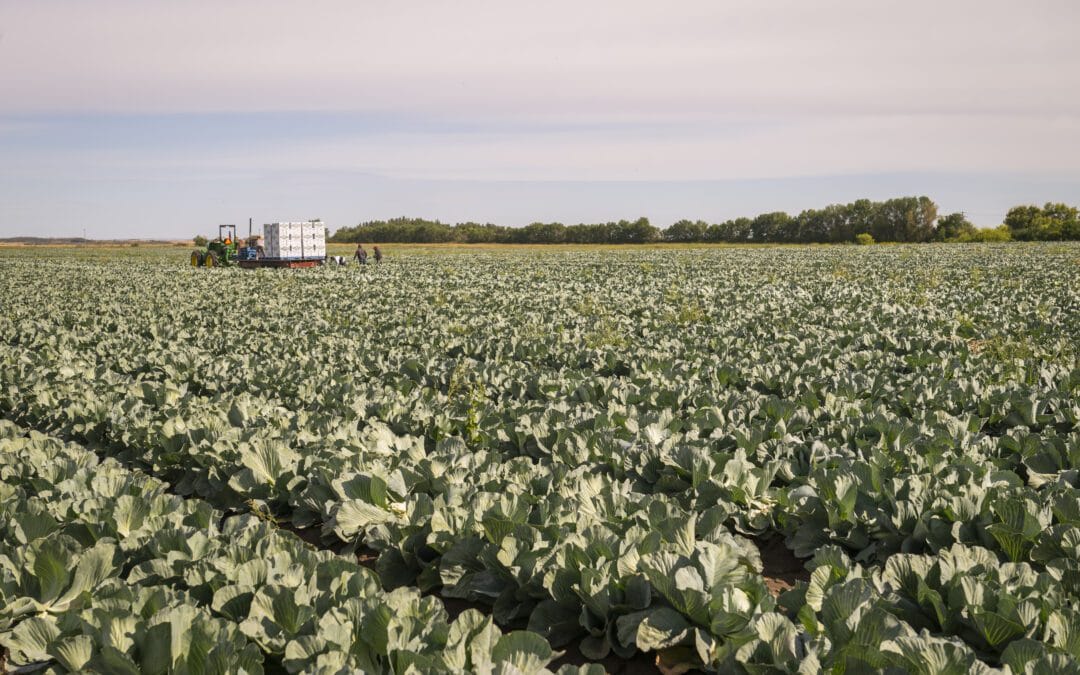
Lake Diefenbaker: Vision For the Future
After World War II, Canada as a nation was starting a new era of economic and population growth. The war efforts created a major boost to the economy and the country was seeing surging industrial production and consumer spending.
Enter the 1950s, Prime Minister John G. Diefenbaker and the South Saskatchewan River Project. As a Saskatchewan Member of Parliament, Mr. Diefenbaker understood two major components to growing a province and a nation: water and agriculture.
The construction of what would become Lake Diefenbaker was part of a broader plan known as the South Saskatchewan River Project. The project aimed to provide a reliable water source for irrigation, generate hydroelectric power and support the province’s economic growth.
For over half a century, this man-made lake has played a crucial role in the lives of Saskatchewan’s residents, serving as a vital resource for agriculture, energy and recreation. Its creation marked a significant achievement in Canadian engineering and its impact continues to resonate throughout the province.
Recognizing the need for a sustainable solution to the challenges brought by southern Saskatchewan’s arid climate, the federal and provincial governments embarked on a project to harness the waters of the South Saskatchewan and Qu’Appelle rivers.
The construction of Lake Diefenbaker involved two major dams: the Gardiner Dam and the Qu’Appelle River Dam. Work on these structures began in 1959 and the project required a massive workforce, advanced engineering techniques and substantial financial investment. The Gardiner Dam was a monumental feat of engineering, standing 64 meters high and stretching five kilometers across the South Saskatchewan River. Completed in 1967, the Gardiner Dam is one of the largest earth-fill dams in the world today. The Qu’Appelle River Dam, located near the town of Elbow, also played a critical role in the project, helping to regulate water flow and manage the reservoir’s levels.
The creation of Lake Diefenbaker provided a reliable water source for irrigation, transforming previously barren and dry lands into fertile fields capable of producing high crop yields. The lake’s waters support thousands of acres of irrigated farmland, enabling farmers to grow a diverse array of crops, including grains, oilseeds and pulses.
Today, Lake Diefenbaker continues to stand as an important resource for Saskatchewan’s agricultural sector. It serves as the largest source of water for irrigation in the province, supplying six irrigation districts, numerous individual irrigation projects and the Saskatoon Southeast Water Supply (SSEWS) canal system. It supplies 166,000 acres of the provinces over 450,000 irrigated acres.
Beyond agriculture, Lake Diefenbaker is a recreational haven, drawing thousands of visitors annually. The lake’s expansive waters are ideal for boating, fishing and water sports, while the surrounding parks offer camping, hiking and wildlife watching.
The lake also provides drinking water to 60 per cent of Saskatchewan’s population. The hydroelectric power generated by the Gardiner and Coteau Creek dams is another critical aspect of Lake Diefenbaker’s importance. The two dams produce approximately 186 megawatts of electricity, supplying power to thousands of homes and businesses across the province.
The lake is also an important ecological hub in Saskatchewan, supporting a diverse range of wildlife and aquatic species. The lake is home to various fish species, including walleye, northern pike, lake trout and burbot, making it a popular destination for anglers and a crucial habitat for aquatic biodiversity. Additionally, Lake Diefenbaker provides essential nesting grounds for the piping plover, an endangered shorebird that relies on the lake’s sandy and gravelly shorelines for breeding.
While Lake Diefenbaker’s origins lie in irrigation, there is still untapped potential for the more than 225-kilometre-long freshwater reservoir.
Originally built for 500,000 acres of flood irrigation, the reservoir has only seen over 166,000 acres of pivot irrigation. To date, infrastructure for only 29 per cent of the originally planned irrigated acres from Lake Diefenbaker have been constructed.
This creates a significant opportunity for the province to realize the dreams of expanded irrigation in Saskatchewan. The Government of Saskatchewan recognized this and is investing in the expansion of the province’s irrigation infrastructure with projects like the 100,000-acre Westside Irrigation Rehabilitation Project that will expand and modernize existing infrastructure constructed nearly 50 years ago, including the West Main Canal, Westside Pump Station and the partially completed Conquest Reservoir.
This Westside Irrigation Rehabilitation Project will enhance food and water security, create jobs, boost the economy and make positive impacts to the environment. The project will also include measures to protect and preserve the lake’s ecosystem and water levels. Currently less than 2.7 per cent of water in Lake Diefenbaker is used for irrigation; to put this into perspective, 3.3 per cent is lost to evaporation. Adding 100,000-acres of irrigation from Lake Diefenbaker would require around two per cent of the average inflow into the lake. This means that Lake Diefenbaker would maintain normal water levels for generations to come.
Despite its many benefits, the expansion of irrigation around Lake Diefenbaker is not without challenges and concerns. That is why the Water Security Agency is engaging with the public, stakeholders and Indigenous communities to address any potential concerns or environmental impacts.
As we look to the future, the expansion of irrigation and water management initiatives around Lake Diefenbaker represents a promising path forward. By embracing innovation, sustainability and community collaboration, Saskatchewan can ensure that this remarkable reservoir continues to thrive for decades to come.
For more information on irrigation in the province, you can visit www.diefenbakerirrigation.ca or email us at client.service@wsask.ca.


